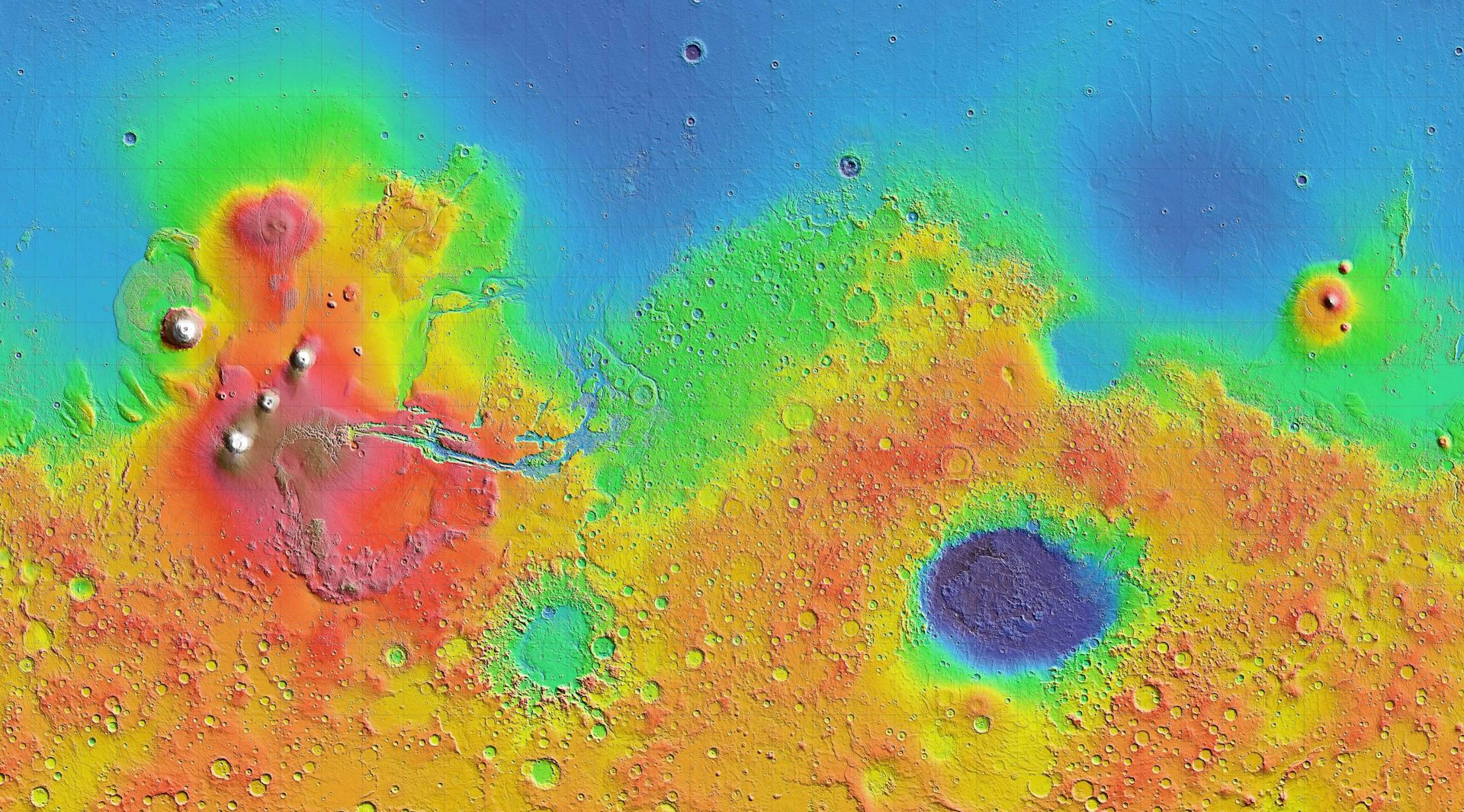
We know that lakes existed on Mars’ surface billions of years ago. But scientists have debated whether the lakes were open to the air or covered by a layer of ice.

The southern highlands of Mars (which cover about two-thirds of the planet’s surface) rise as much as five or six kilometres higher than the northern lowlands. Nowhere else in the Solar System do we see such a large, sharp contrast at this scale.

On 8 January 2025, the ESA/JAXA BepiColombo mission flew past Mercury for the sixth time, successfully completing the final "gravity assist manoeuvre" needed to steer it into orbit around the planet in late 2026.

Collaborative work by amateur and professional astronomers has helped to resolve a long-standing misunderstanding about the composition of Jupiter's clouds.

A resent study used James Webb Space Telescope to reveal one-of-a-kind attributes of (2060) Chiron, a distant “centaur” in space sharing properties of both a comet and an asteroid, giving clues to our Solar System’s origins.

Scientists hope the data from Parker will help them better understand why the Sun's outer atmosphere is hundreds of times hotter than its surface.

New studies led by researchers at the University of Central Florida offer for the first time a clearer picture of how the outer solar system formed and evolved based on analyses of trans-Neptunian objects (TNOs) and centaurs.

The research suggests that the thick crust of Mars' southern highlands formed billions of years ago generated granitic magmas and sustained vast underground aquifers.

An extreme heating event may have interfered with scientists' attempts to figure out the Moon's age by dating lunar rock samples.

Saturn’s icy rings could be much older than they appear due to their resistance to pollution from impacts with rocky debris.

Io does not have a shallow global magma ocean beneath its surface, counter to previous claims, suggests a paper published in Nature.

A new analysis of the eruption rates of 56,400 Sun-like stars has estimated that the Sun's superflare rate is at the low end of that scale – once every 100 years.

The review takes a close look the final flight of the agency’s Ingenuity Mars Helicopter, which was the first aircraft to fly on another world.

An object up to dozens of times the mass of Jupiter flying through our solar system may have disrupted planetary orbits.

A new research suggests that the South Pole-Aitken basin may not have formed the way we thought, and may be much bigger than previous studies suggest – a discovery that has exciting implications for future lunar missions to the basin.